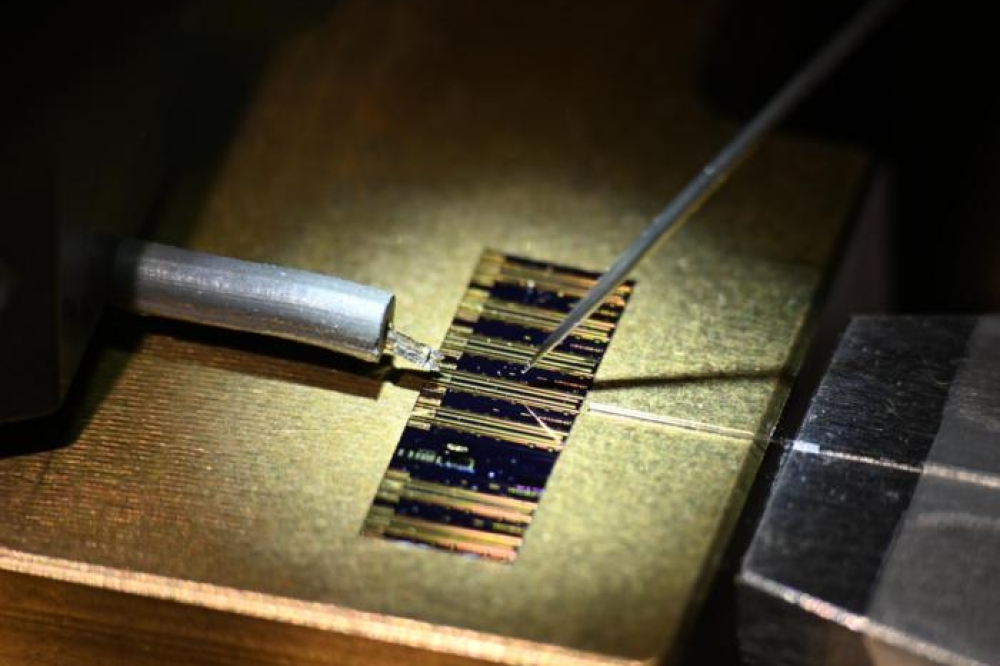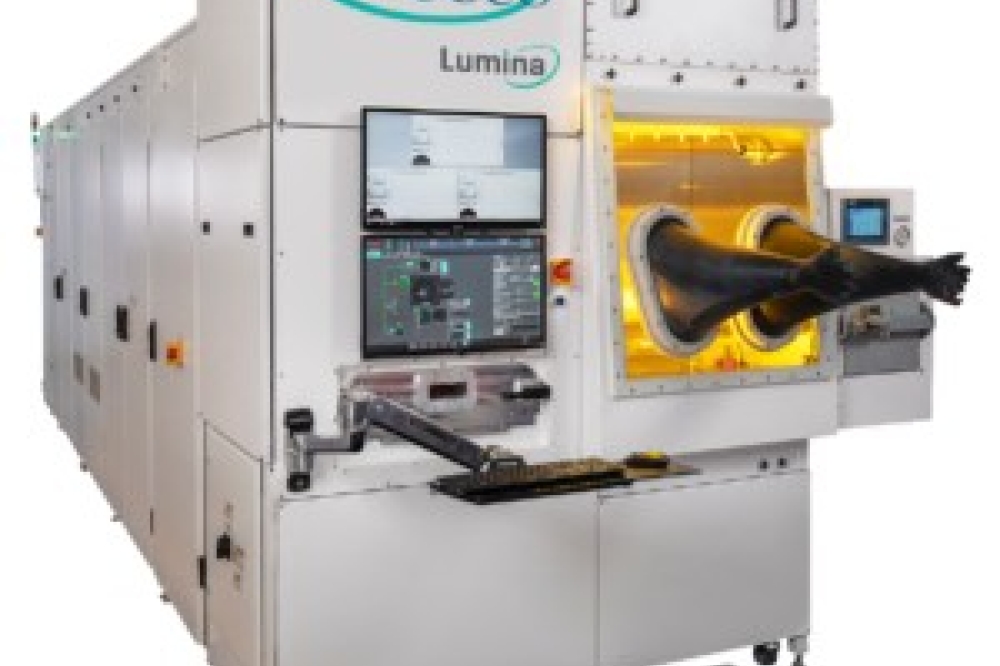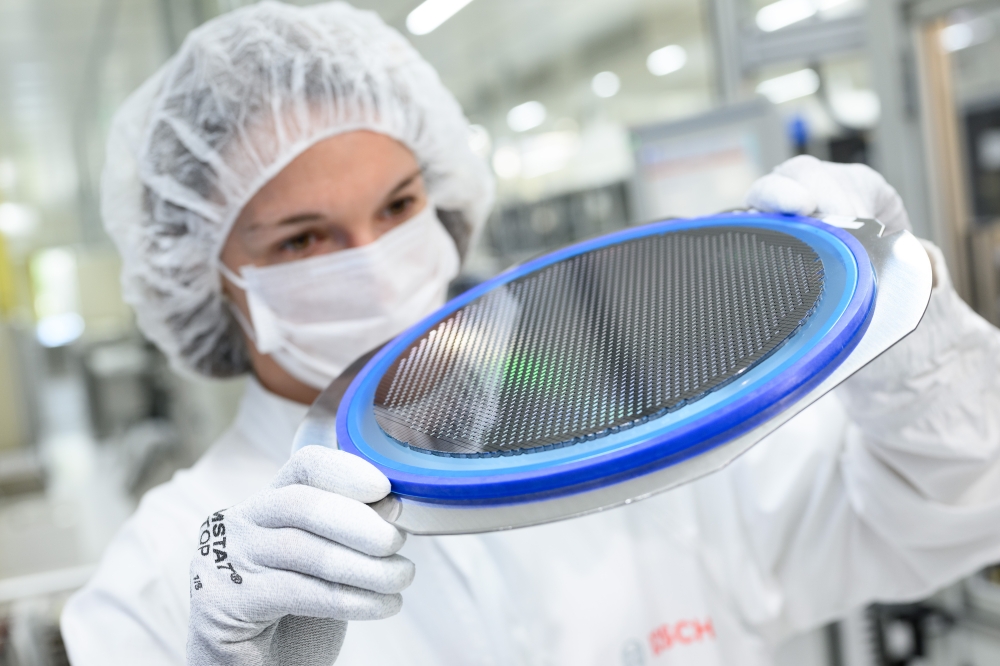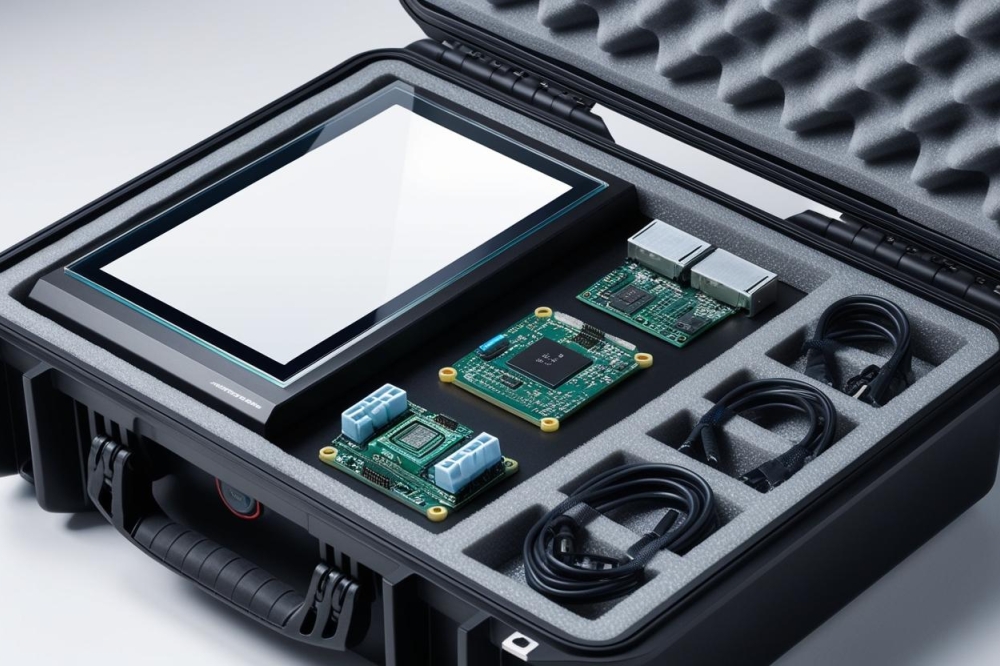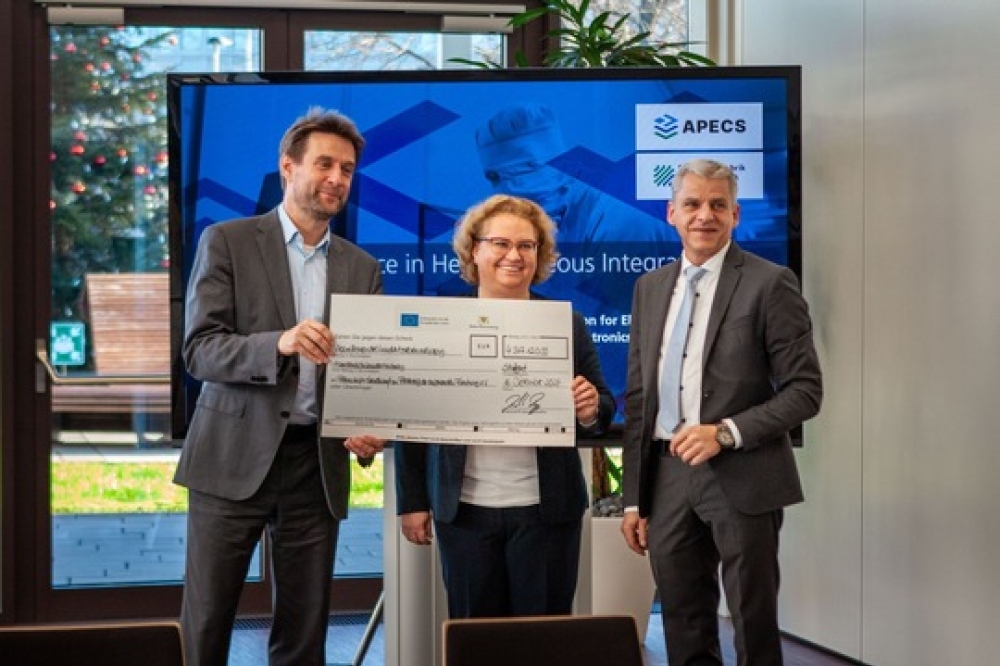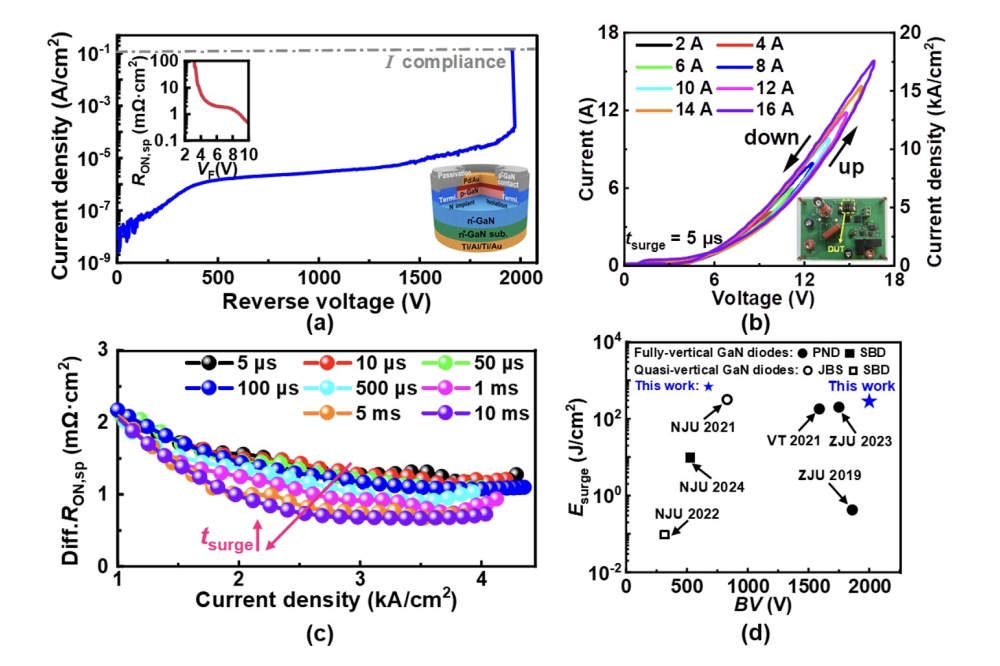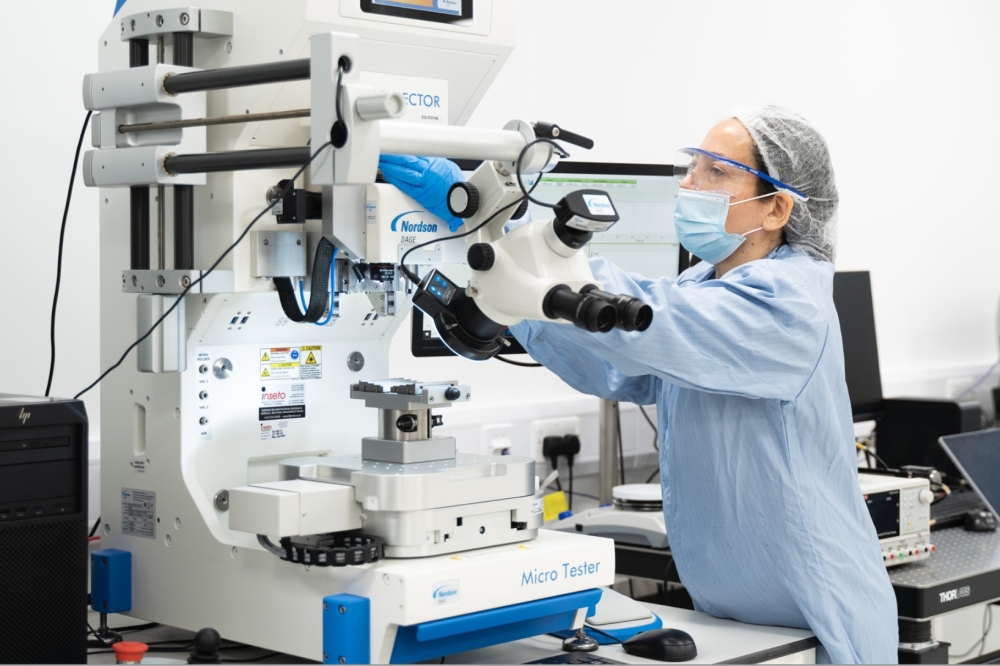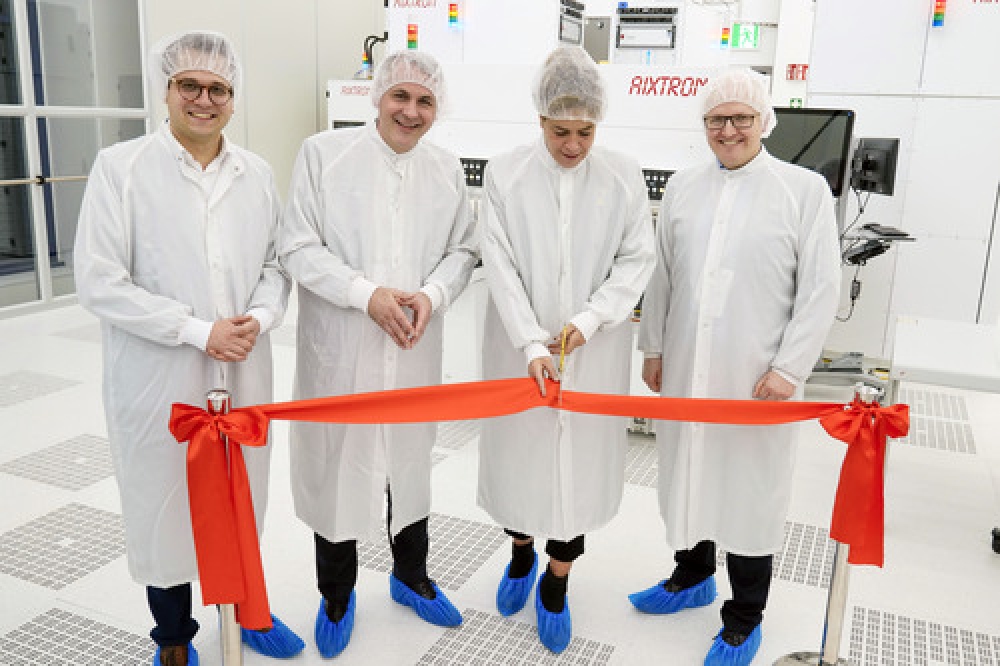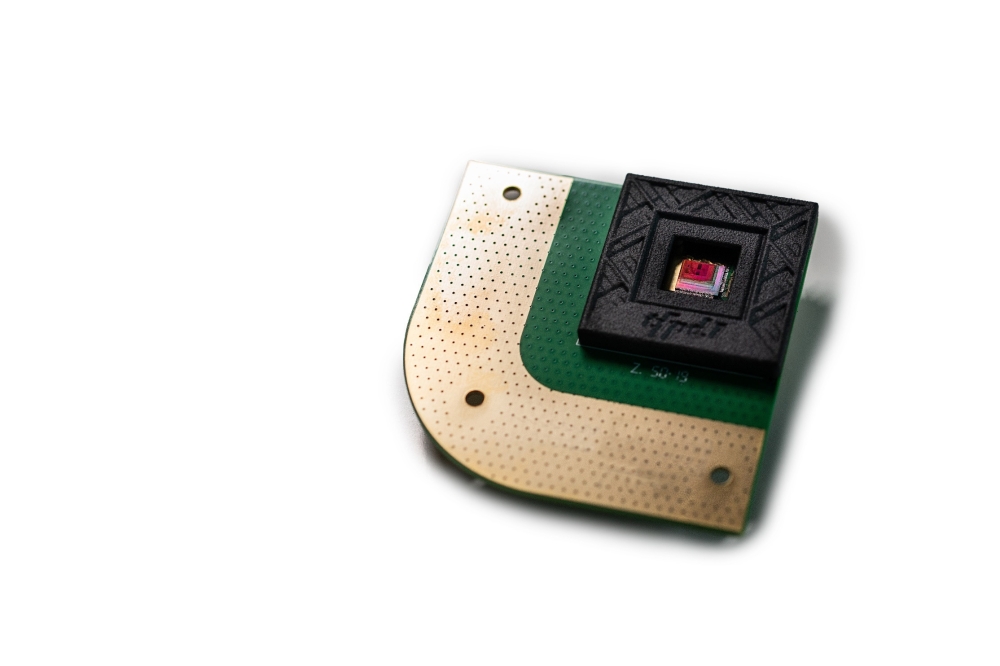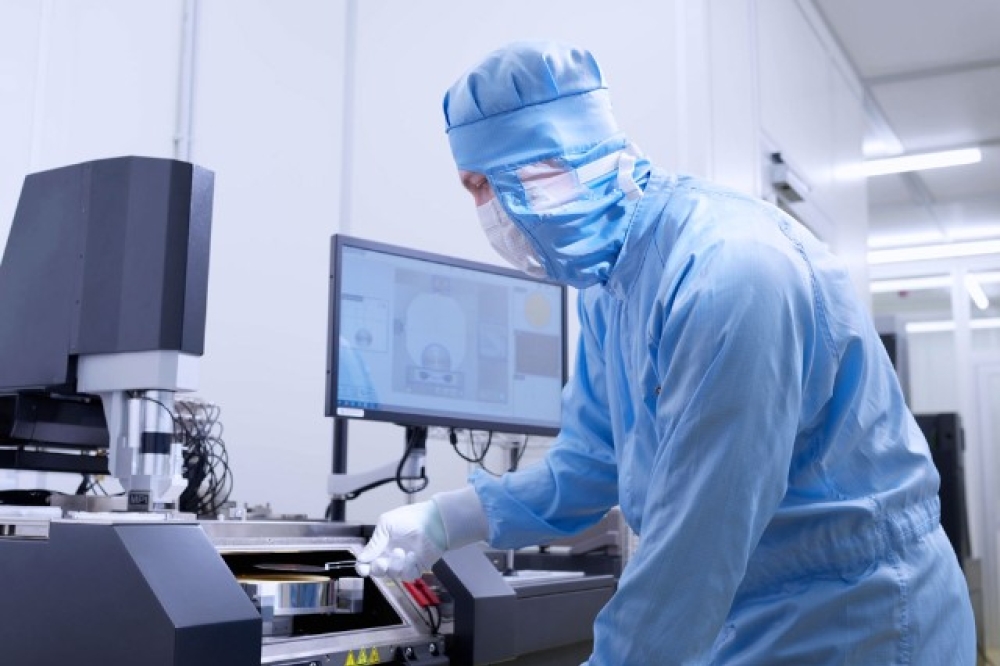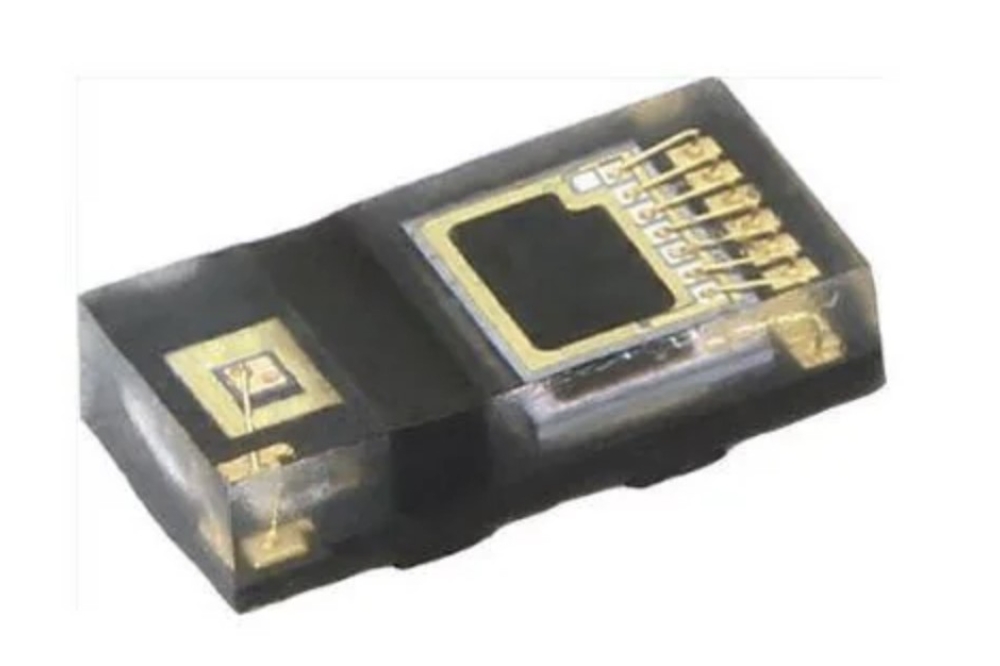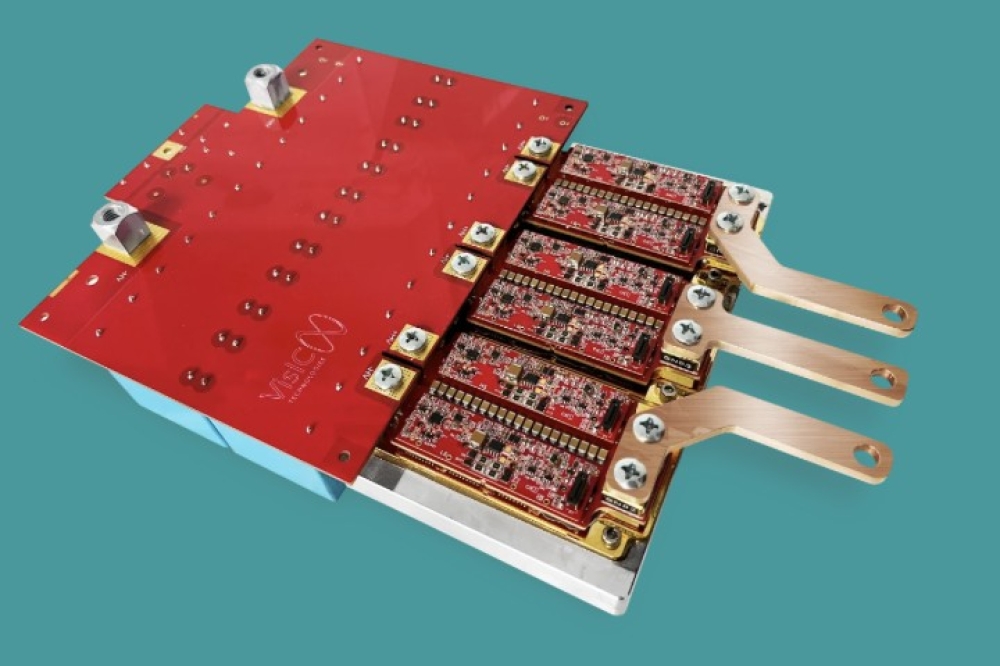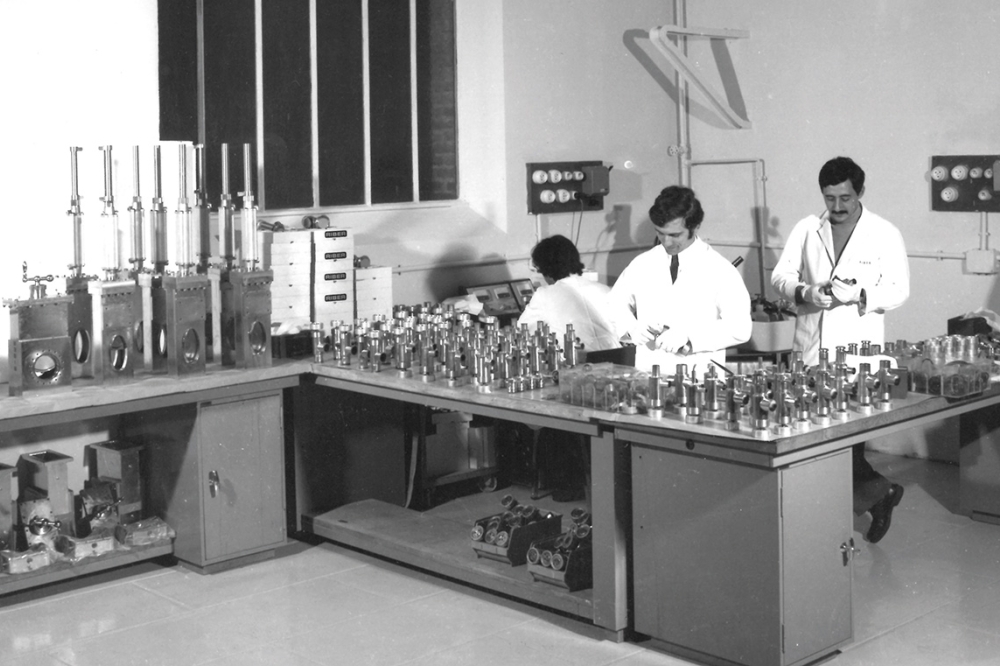Penn Engineers 'Mix' Light at the Nanoscale
![]()
Photonic systems hold the potential of eventually replacing electronic ones, but the fundamentals of computation - mixing two inputs into a single output - currently require too much space and power when done with light.
Now researchers at the University of Pennsylvania have engineered a CdS nanowire system that could pave the way for this ability, combining two light waves to produce a third with a different frequency and using an optical cavity to amplify the intensity of the output to a usable level.
The study, published in Nature Communications, was led by Ritesh Agarwal, professor of materials science and engineering in Penn's School of Engineering and Applied Science, and Ming-Liang Ren, a post-doctoral researcher in his lab. Other members of the Agarwal lab, Wenjing Liu, Carlos O. Aspetti and Liaoxin Sun, contributed to the study.
"Mixing two input signals to get a new output is the basis of computation," Agarwal said. "It's easy to do with electric signals, but it's not easy to do with light, as light waves don't normally interact with one another."
So-called nonlinear materials are capable of this kind of mixing, but even the best candidates in this category are not yet viable for computational applications due to high power and large volume constraints.
"A nonlinear material, such a CdS, can change the frequency, and thus the colour, of light that passes through it," Ren said, "but you need a powerful laser, and, even so, the material needs to be a many micrometers and even up to millimeters thick. That doesn't work for a computer chip."
To reduce the volume of the material and the power of the light needed to do useful signal mixing, the researchers needed a way to amplify the intensity of a light wave as it passed through a CdS nanowire.
The researchers achieved this through a clever bit of optical engineering: partially wrapping the nanowire in a silver shell that acts like an echo chamber. Agarwal's group had employed a similar design before in an effort to create photonic devices that could switch on and off very rapidly. This quality relied on a phenomenon known as surface plasmon resonance, but, by changing the polarisation of the light as it entered the nanowire, the researchers were able to better confine it to the frequency-altering, nonlinear part of the device: the nanowire core.
"By engineering the structure so that light is mostly contained within the CdS rather than at the interface between it and the silver shell, we can maximise the intensity while generating the second harmonic," Ren said.
Like a second harmonic played on a guitar string, this meant doubling the frequency of the light wave. Information in a photonic computer system could be encoded in a wave's frequency, or the number of oscillations it makes in a second. Being able to manipulate that quality in one wave with another allows for the fundamentals of computer logic.
"We want to show we can sum two frequencies of light," Agarwal said, "so we simplified the experiment. By taking one frequency and adding it to itself, you get double the frequency in the end. Ultimately, we want to be able to tune the light to whatever frequency is needed, which can be done by altering the size of the nanowire and the shell."
Most important, however, was that this frequency mixing was possible on the nanoscale with very high efficiency. The researchers' optical cavity was able to increase the output wave's intensity by more than a thousand times.
"The frequency-changing efficiency of CdS is intrinsic to the material, but it depends on the volume of the material the wave passes through," Agarwal said. "By adding the silver shell, we can significantly decrease the volume needed to get a usable signal and push the device size into the nanoscale."
The research was supported by the US Army Research Office, National Institutes of Health and Air Force Office of Scientific Research.

